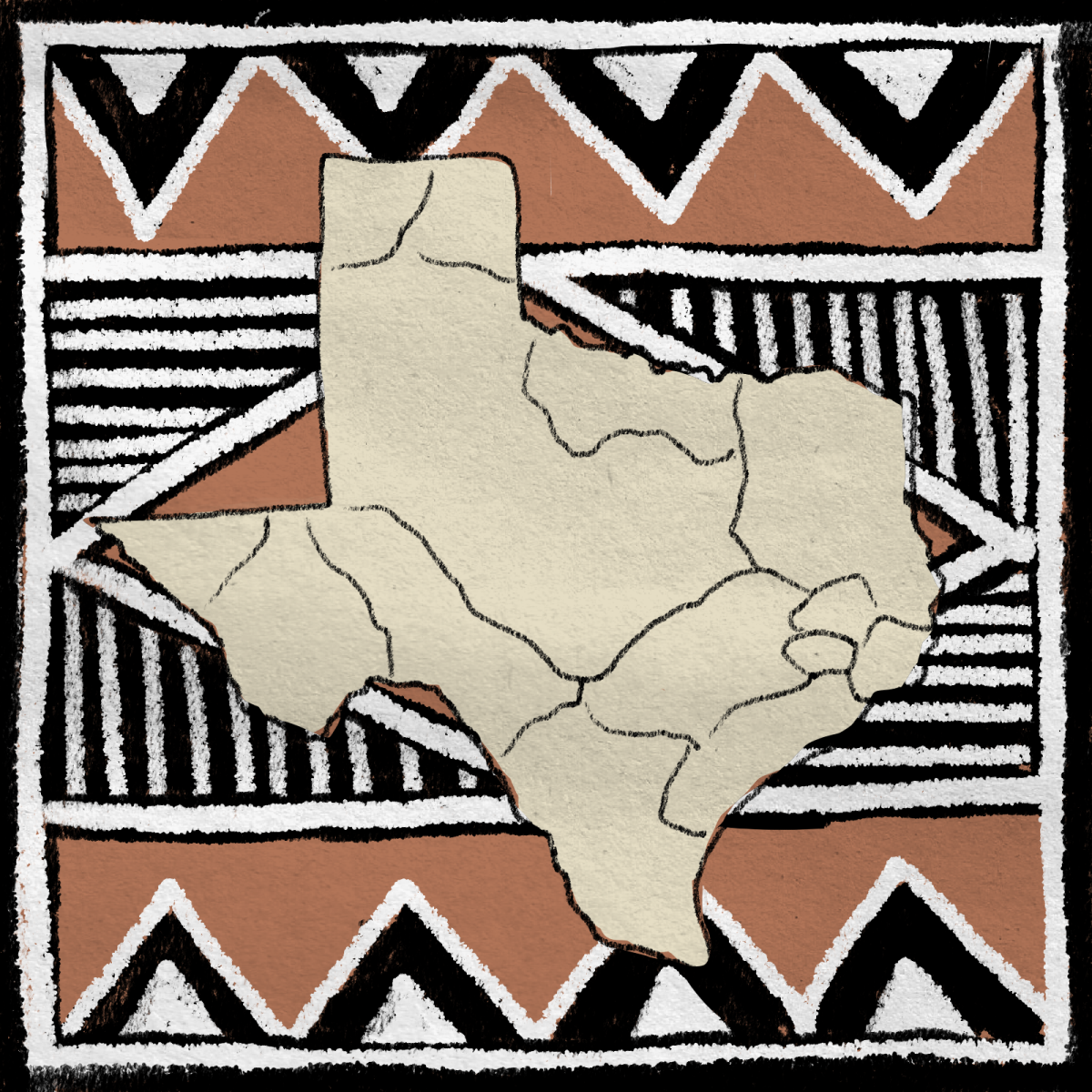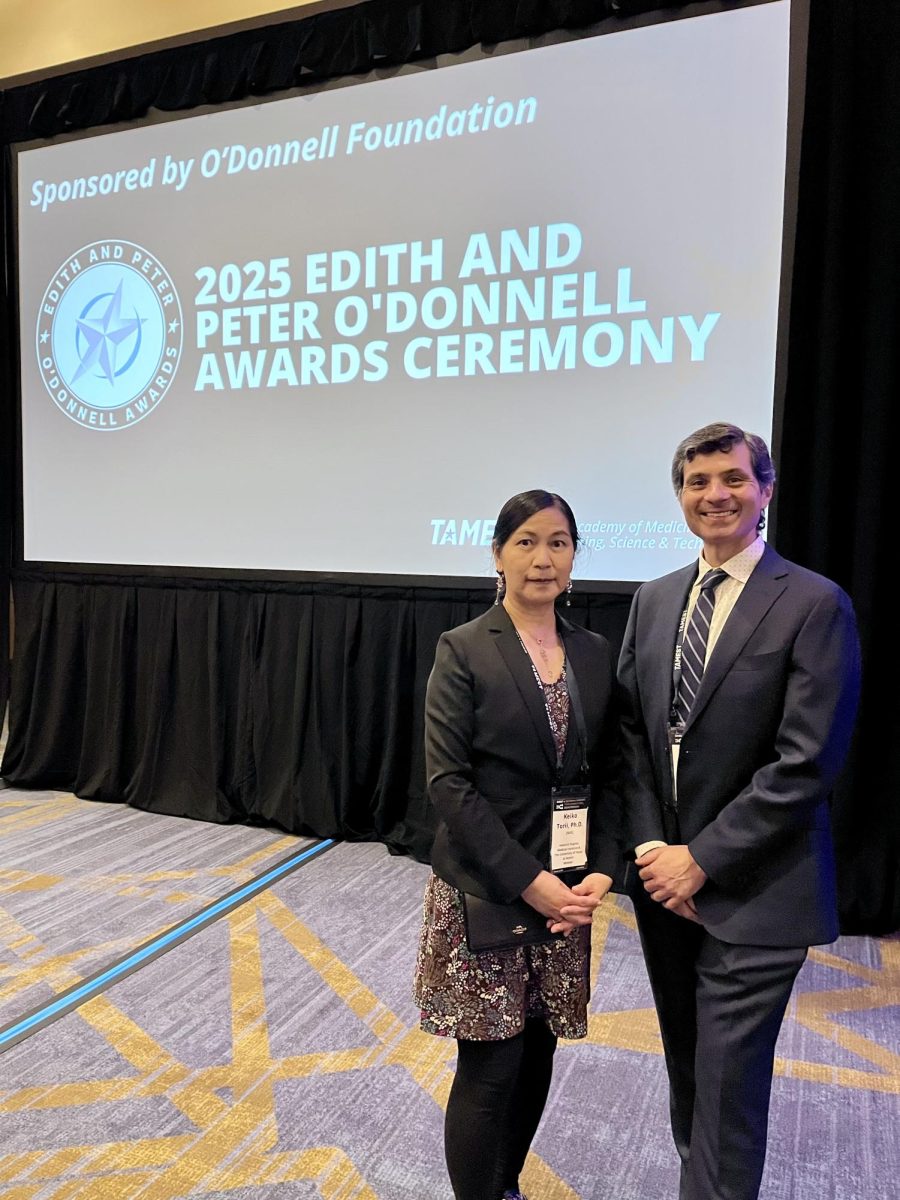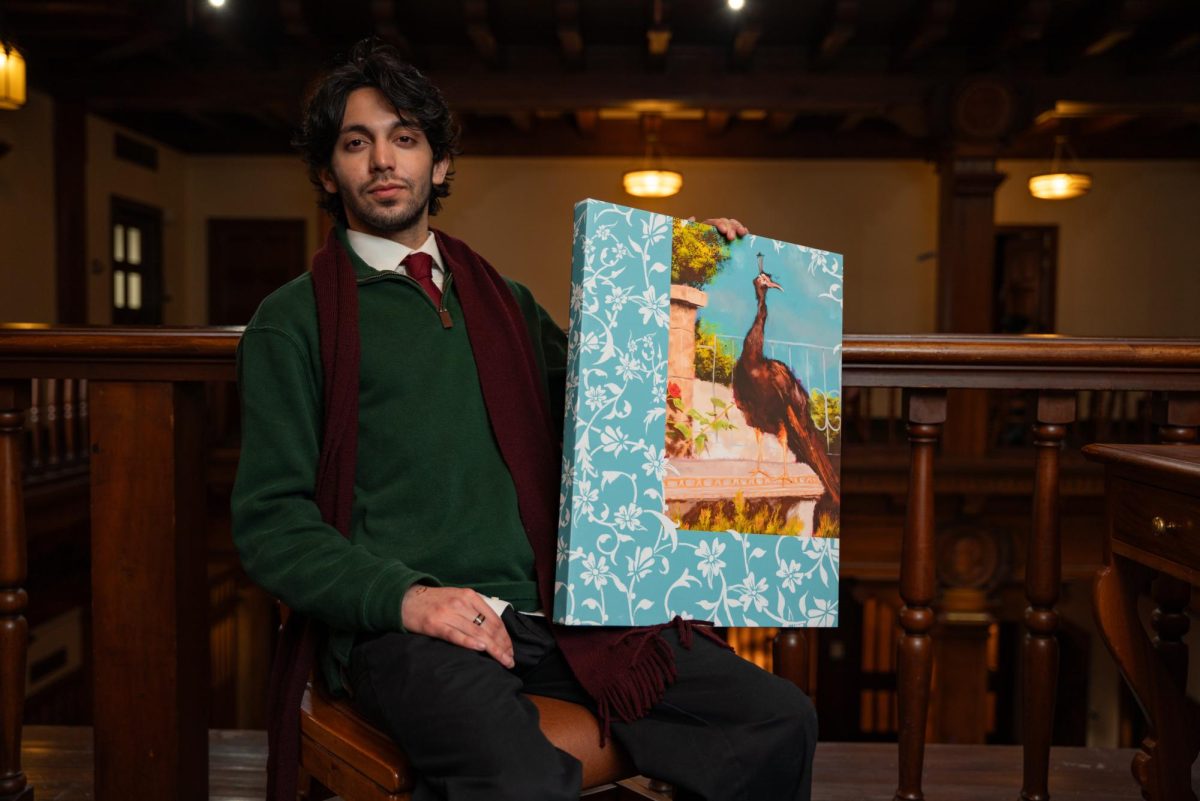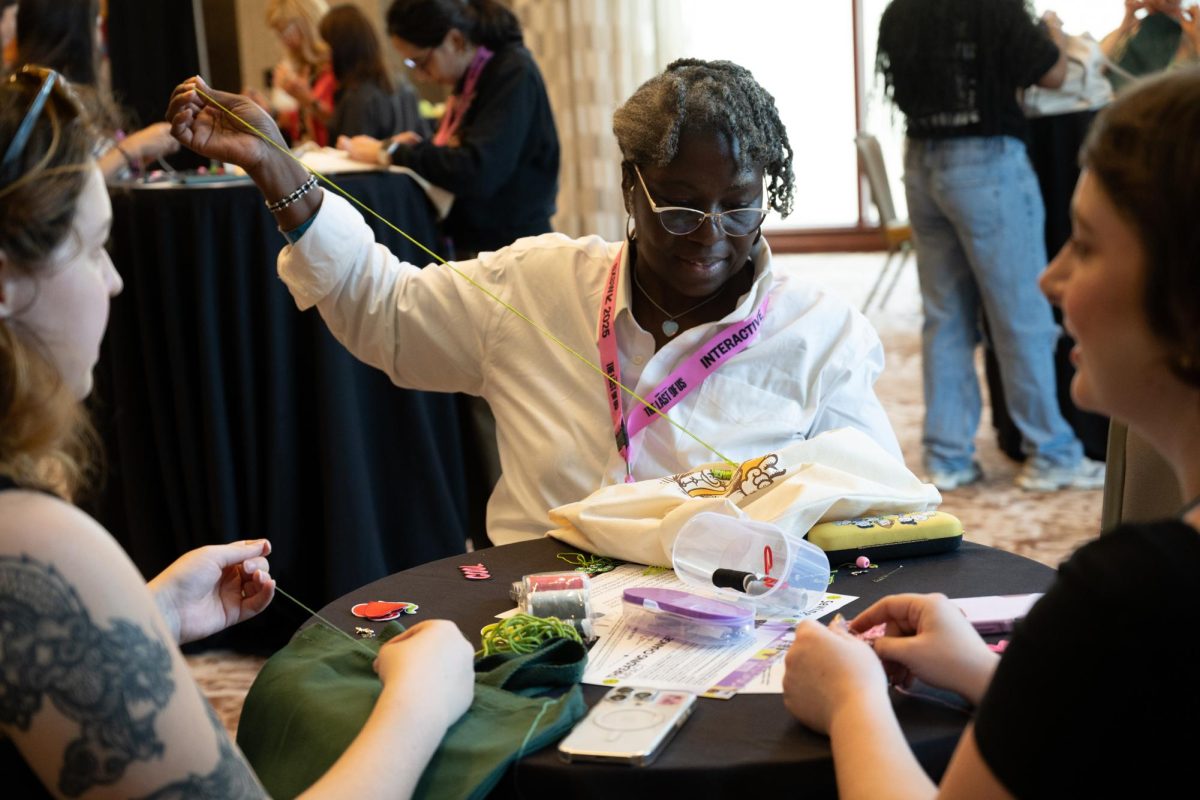Mapping Indigenous Texas, a long-running project led by Professors Circe Sturm and Craig Campbell, seeks to shed light on the deep legacy of Indigenous communities in Austin.
The project, currently in its early stages, aims to create an interactive teaching tool about the history of Indigenous people in Texas, receiving the 2023-2024 Research and Creative Grant this month. Sturm said that the project will eventually result in a teaching tool that will educate the public about Indigenous communities.
“Most people make the assumption that there aren’t American Indians (in Texas),” Sturm said. “So part of the impetus (of the project) is to put Indigenous tribes back on the map … and to provide basic information for the general public.”
The project began almost four years ago as an undergraduate course, ANT 324W: Mapping Indigenous Austin, taught by Campbell, Sturm and Dr. Hi’ilei Hobart, who has since left the project.
“(We were) trying to push back against the erasure of Indigenous peoples in Texas by teaching about the history of the colonial encounter, primarily from the arrival of Anglophone Americans,” Campbell said.
Since then, Sturm and Campbell have taught three iterations of the course and shifted the project’s focus to collecting historical maps and data, intending to eventually create an interactive of indigenous sites in Texas.
“What we’re proposing is a website that has several different stages of entry. The initial entry point would be a map of Texas as we know it. … You could hover your mouse over that and indigenous territories would suddenly be visible in color block(s),” Sturm said. “Then you could click on any one of those territories, … where you get an introductory history for that tribe. Then, you can click again and (see) much more detailed information.”
Students involved with the project also take the Mapping Indigenous Austin course, where they learn about Texas history, historical research methods and visit Indigenous cultural sites around Austin.
“I felt like we were helping contribute to the broader story of Texas,” said humanities senior Ingrid Piña, who took the class in fall 2023. “We were all able to pick our final projects. We all picked different regions to look into and find archival maps that noted Indigenous presence.”
The project also features the involvement of Indigenous communities and leaders.
“We built up a large council of advisors for this project that includes Indigenous mapmakers and cartographers, scholars, historians and anthropologists, as well as Indigenous community members,” Campbell said. “They’re actively engaged in writing and representing their own histories as well as righting the wrongs of history.”
In the future, the researchers hope to build on the project by using the grant fund to continue networking with Indigenous communities and gathering historical information.
“The most important piece of what we’re doing is that kind of face-to-face interaction with reaching out to tribal communities and getting them invested in the project, and trying to find collaborators from tribal communities,” Sturm said.
Dr. Campbell said he hopes the project proves significant for highlighting the presence of indigenous people in Texas.
“This work stands to say (that) Indigenous people are still here,” Campbell said. “They’ve always been here.”














